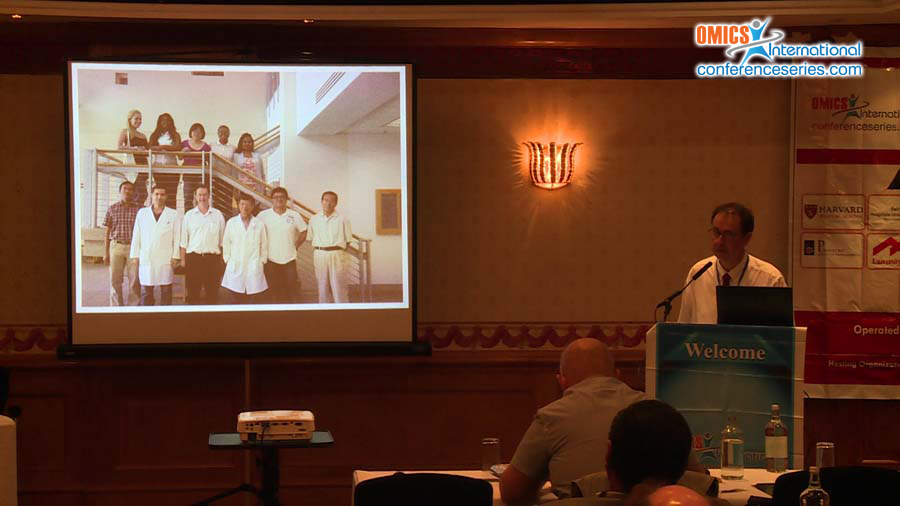
Howard Prentice
Florida Atlantic University, USA
Title: Neuroprotective targeting of mitochondrial and ER stress pathways in rodent models of stroke.
Biography
Biography: Howard Prentice
Abstract
Available stroke treatments are largely ineffective and the time window for efficacy for TPA is limited to a few hours. To investigate new treatments for stroke we have compared administration of the amino acid taurine with a novel multi-drug combination in rodent models targeting both mitochondrial pathways and endoplasmic reticulum (ER) stress signaling pathways. Taurine has been shown to prevent calcium overload in neural cells by blocking transport through calcium channels including the L-, P/Q- and N-type calcium channels and the NMDA receptor channel. In a transient focal ischemia stroke model taurine elicits protection by inhibiting both the IRE-1 and ATF-6 ER stress pathways. Our multi-drug treatment involves three components: 1) granulocyte-colony stimulating factor (G-CSF) which elicits neuroprotection via inhibition of ER stress pathways and by inducing stem cell mobilization 2) DETC-MeSO which acts as a partial NMDA antagonist and prevents apoptosis by inhibiting the PERK pathway but not the ATF-6 pathway and 3) sulindac which has been reported to act as a preconditioning agent and in the stroke model elicits induction of pro-survival proteins including Hsp27 and Akt as well as inhibiting the ER stress pathway component ATF-6. While each of the components of the multidrug treatment individually can elicit protection, lower doses used in combination shoe promise for eliciting synergistic pro-survival responses through targeting of key downstream stress responses. The interventions tested augment expression of pro-survival molecules at the same time as inhibiting important pro-death responses including mitochondrial dysfunction, calcium overload and apoptosis elicited through ER stress signaling.
Speaker Presentations
Speaker PPTs Click Here

